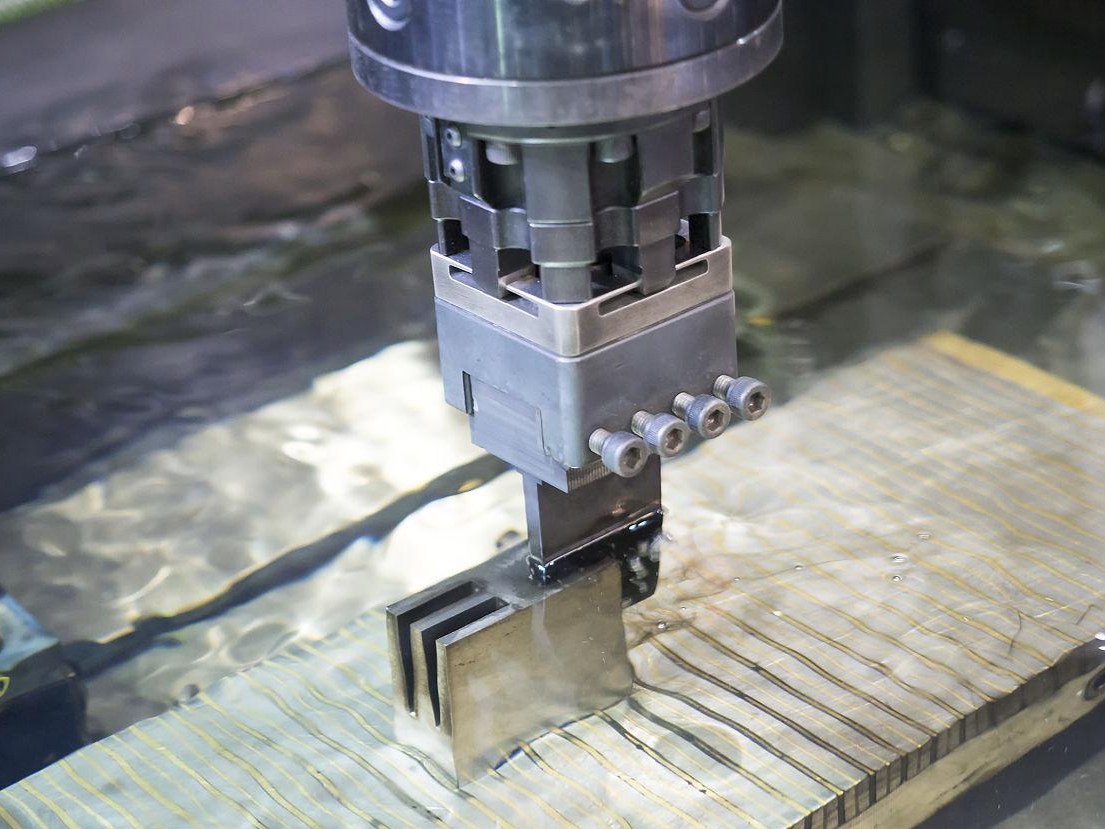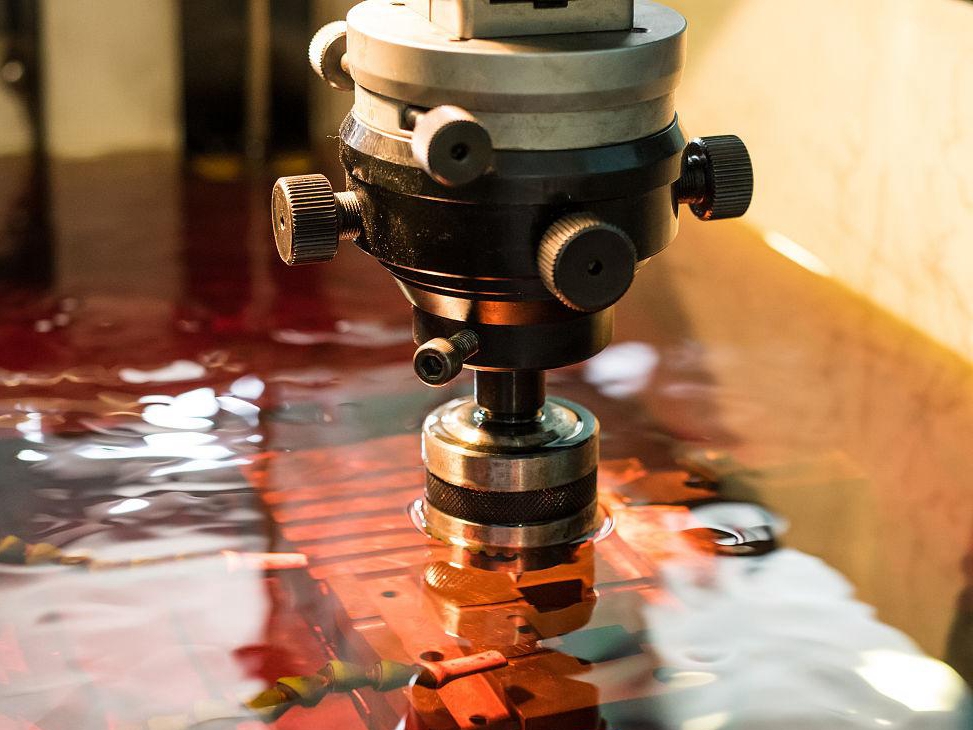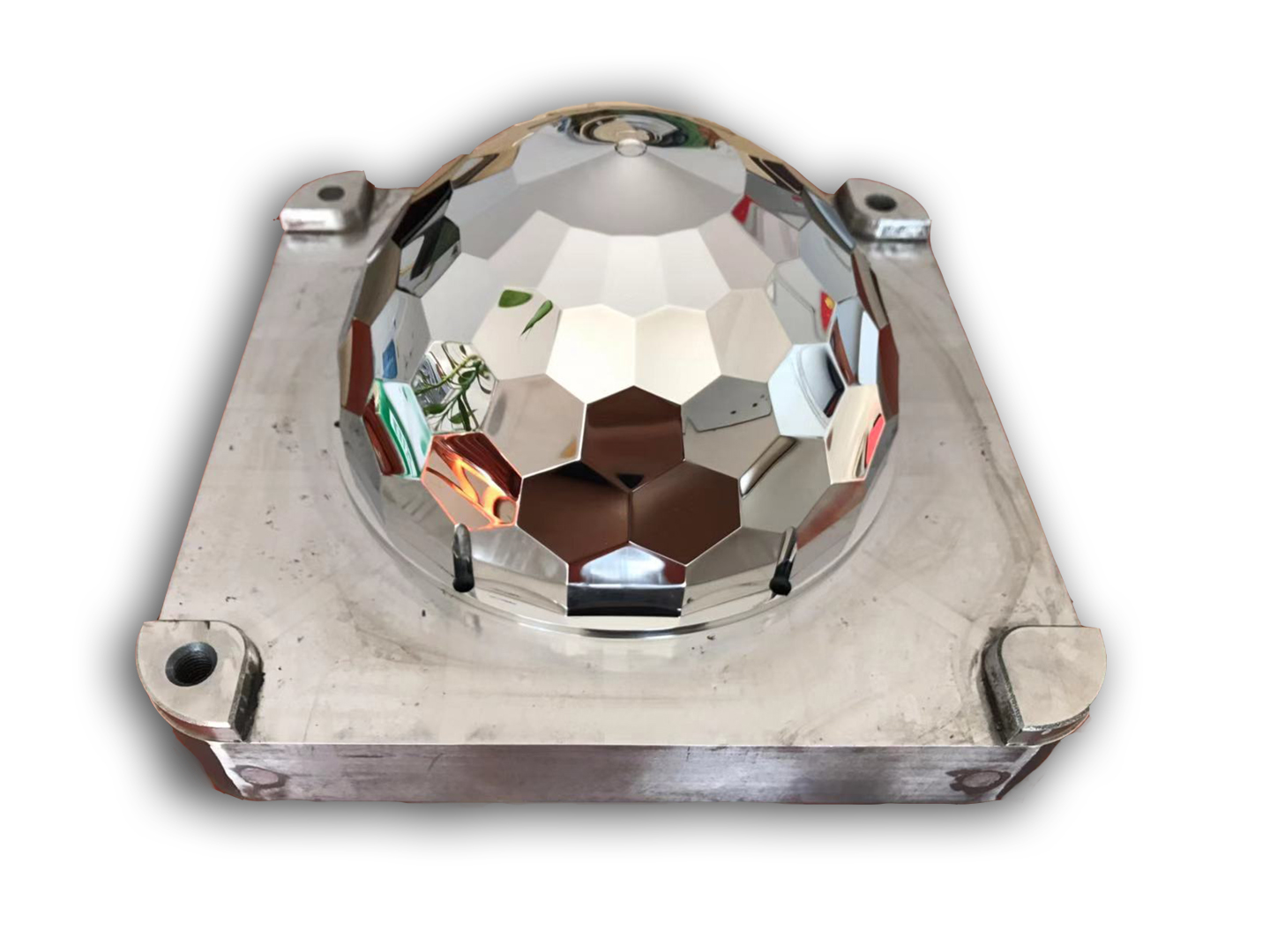What is the most precise tolerance achievable with EDM machining?
Most Precise Tolerance Achievable with EDM Machining
EDM Tolerance Capabilities
Electrical Discharge Machining (EDM) is renowned for its high-precision capability, particularly for complex geometries and hard-to-machine materials. At Neway 3DP, our EDM processes routinely achieve tolerances of ±0.005 mm, and under optimized conditions, down to ±0.002 mm for fine-featured components. These tolerances are maintained consistently due to the non-contact nature of EDM, which eliminates cutting force-induced deflection.
Influencing Factors for Maximum Precision
Material Properties
Stable, conductive materials with uniform grain structures—such as Tool Steel 1.2709, Ti-6Al-4V, and Inconel 625—support tighter tolerances during EDM. These materials resist thermal distortion and maintain dimensional stability during discharge cycles.
Electrode Design and Wear
Using high-conductivity electrodes such as Copper C110 or CuCr1Zr ensures minimal tool wear and high repeatability in micro-scale features. Precision-machined electrodes also enable tighter gap control and enhanced edge definition.
Dielectric Fluid Control
Precise temperature and contamination control of dielectric fluid maintains spark stability, essential for micron-level machining. Advanced flushing systems support dimensional accuracy even in deep cavity or high-aspect-ratio geometries.
EDM Machine Resolution
Neway’s EDM equipment includes CNC-controlled machines capable of sub-micron axis movement (±1 µm positioning resolution), supported by stable thermal compensation systems to maintain accuracy in varying conditions.
Typical Applications Requiring Ultra-Tight EDM Tolerances
Medical stents and implants with fine geometries in Ti-6Al-4V ELI (Grade 23)
Aerospace injectors, micro-nozzles, and turbine cooling features in Hastelloy C-276
High-performance mold cores, dies, and precision tooling inserts in Tool Steel H13
Post-Processing Services to Complement High-Precision EDM
To maintain and enhance micron-level EDM tolerances, we recommend:
CNC Machining For secondary dimensional refinement or hybrid machining workflows.
Heat Treatment To stabilize mechanical properties and ensure long-term dimensional accuracy.
Polishing For final surface preparation without compromising precision.
Our integrated approach ensures EDM parts meet stringent aerospace, medical, and tooling requirements.



